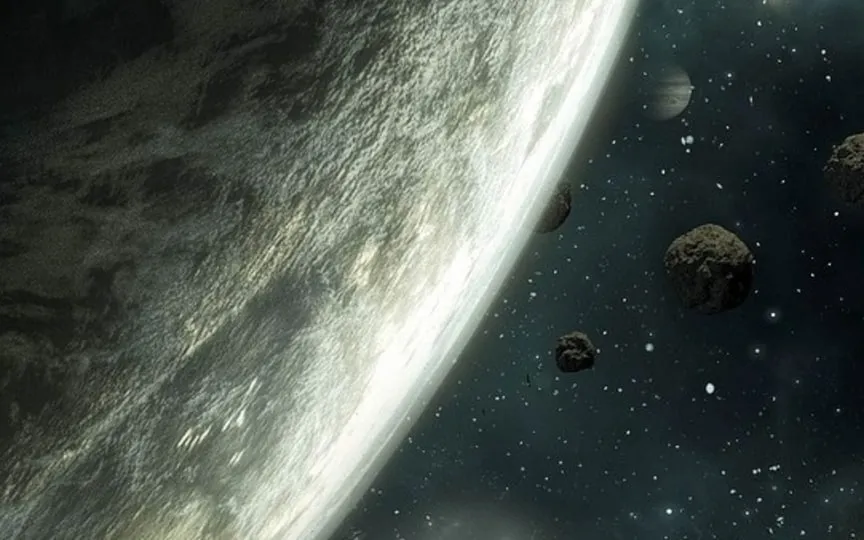Australia Uncovers Record-Breaking Asteroid Impact Site Larger Than Chicxulub Crater
In the course of Earth’s existence, it has encountered multiple occurrences of asteroids crashing into it, either hitting the surface or detonating in the atmosphere. Similar to volcanoes, these asteroid collisions are natural phenomena that have contributed to the formation of Earth’s landscape. Although the majority of these impacts involved smaller objects, there are a few that are alarmingly massive. One notable example is the Chicxulub asteroid crater, estimated to be 180 km wide, which resulted in the extinction of dinosaurs. Surprisingly, a recent study has discovered an even larger crater caused by an asteroid strike.
A small asteroid has also hit Earth in recent years. As an example in 2013, when a space rock with a diameter of about 20 meters penetrated the earth’s atmosphere above Chelyabinsk in Russia. It exploded in mid-air, releasing energy equivalent to 500 kilotons of TNT, injuring nearly a thousand people.
However, certain large impacts are associated with mass extinction events. The Alvarez hypothesis, named after scientists Luis and Walter Alvarez, explains the extinction of the non-avian dinosaurs by a massive asteroid impact about 66 million years ago – which left behind the Chicxulub crater.
Largest Known Asteroid Collider Discovered!
Now, according to Space.com, the largest known asteroid impact structure has been found beneath the Earth’s surface in southern New South Wales, Australia. The Deniliquin structure extends up to 520 km in diameter, surpassing the previously largest Vredefort impact structure in South Africa, which is about 300 km wide.
The Australian continent, including its ancestral Gondwana, has experienced numerous asteroid impacts, resulting in a variety of impact structures – from small craters to large buried formations. When a major asteroid hits Earth, the crust beneath it responds with a temporary elastic recovery, forming a central dome. Such domes can erode or become buried over time, preserving the deeply rooted “root” of the shock structure. Prominent examples include the Vredefort impact structure and the Chicxulub crater in Mexico, which are linked to the extinction of the dinosaurs.
Structure of delinquency
The Deniliquin structure has properties that are expected to be large-scale. Current evidence is mainly based on surface geophysical data. Proof requires physical evidence of impact, which can be confirmed by deep drilling.
The Deniliquin impact probably occurred in eastern Gondwana before it broke up into continents, possibly during the Late Ordovician mass extinction event. This event, known as the Hirnantian Glacial Phase, resulted in an 85% decline in species, surpassing the Chicxulub asteroid impact. Alternatively, the Deniliquin structure may have predated this event, possibly from the Early Cambrian (about 514 million years ago).




